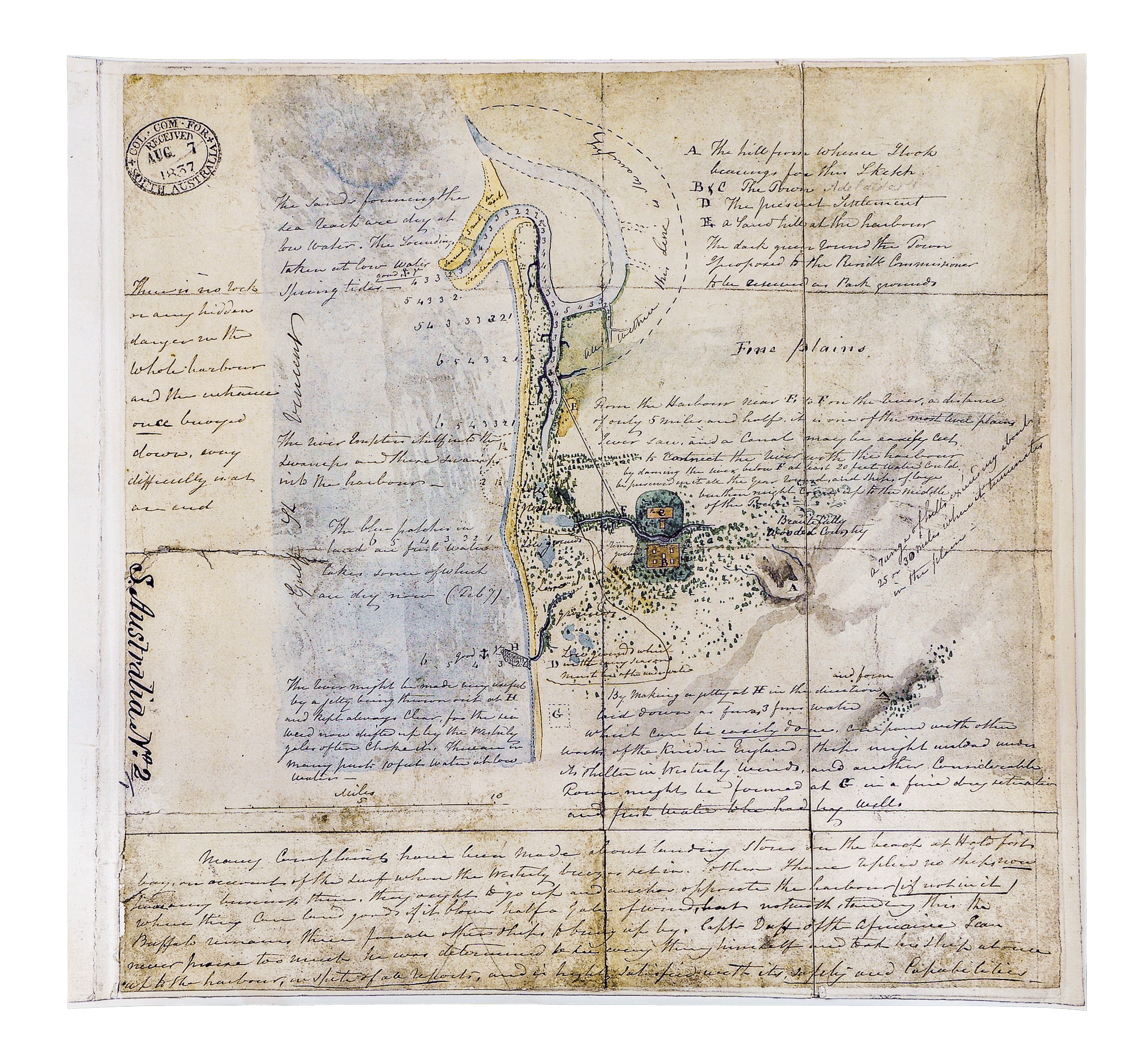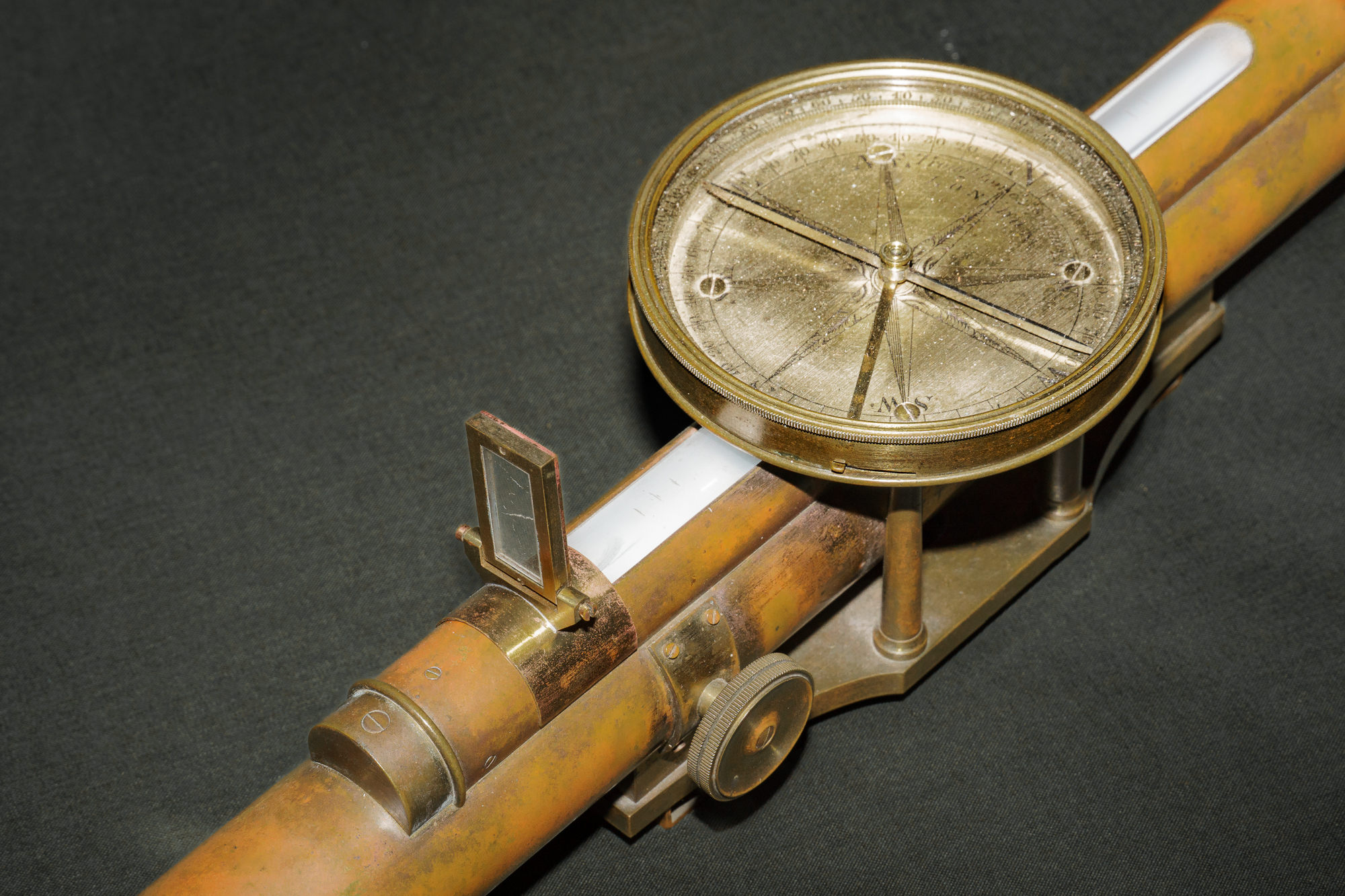William Light was born 27th April 1786 at Kuala Kedah in what is now Malaysia and spent his first six years on the island of Penang which was founded by his father Francis Light. In 1792 he was sent to England for his education where he stayed with friends of his father George and Anne Doughty. In September 1799 he joined the Royal Navy as a volunteer boy third class serving on HMS Clyde. While he was on board the ship sailed close to the coasts of France and Spain recording navigation marks and with the marine artist TJ Serres recording coastal features. It is thought that Light may have had his life long interest in landscape painting and sketching stimulated by seeing this artist at work.
Light left the navy after only two years with the rank of mid-shipman and from 1802-1808 little is known of his activities although in 1805 he is known to have visited India to attend his sister's wedding at Calcutta. In 1808 he joined the British army signing up with the 4th Light Dragoons and in 1809, aged 23, went with his unit to Portugal to fight in the Peninsular war. He fought in more than forty engagements being noted for his skill in accurately recording the strategic features of the terrain by sketching and painting. He left the cavalry in 1814 at the end of the war and in five years of service " had not been absent from duty for a single day and had won a reputation for zeal, courage and intelligence." He then joined the infantry where he stayed until 1821 when he sold his commission and left the army.
In 1824 he married the wealthy and beautiful Mary Bennet a daughter of the Duke of Richmond. There followed some years of travel including sailing around the Mediterranean in Light's yacht Gulnare and a trip up the Nile in 1830-31. Light recorded his travels in water colours and sketches, many of which are in the Mortlock Library and the collection of the Corporation of the City of Adelaide.
During his time in Egypt Light became friendly with Mohammed Ali the Pasha of Egypt who was building up his armed forces to counter the Turks. In 1831 Light agreed to recruit officers and men in England for the Pasha's navy and sailed for England in August of that year with that in mind. He had some success after the government agreed that British officers on half pay could join the Egyptian navy. He returned to Egypt in 1834 but did not stay long as he was suffering from ill health and his wife Mary had left him for another man.
In September 1834 Light was given command of the Nile "a paddle steamer with sails" built for the Egyptian navy. On board as a passenger was Captain John Hindmarsh RN who was to become the first governor of South Australia although Light had ben recommended for the post. In January 1836 Light accepted the position of surveyor general for the new colony and went on to choose the site for Adelaide and to design its distinctive and innovative layout.


